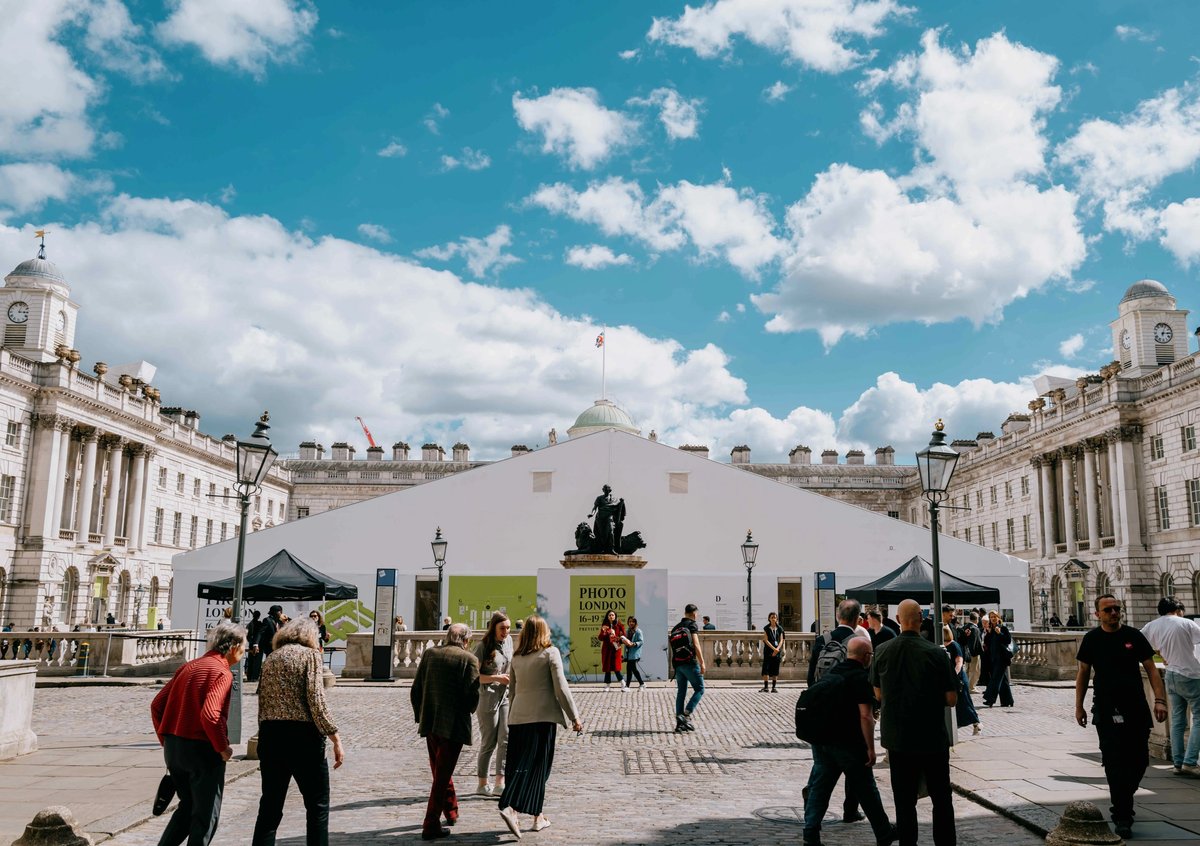Photography’s main season of sales has just wrapped, with fairs stretching from April’s Photofairs Shanghai and the Association of International Photography Art Dealers (Aipad) expo in New York, to May’s Photo London. The top auction houses were also in on the act: Phillips’s dedicated photography sale in London coincided with Photo London, while the photographers in Christie’s high-octane 20th- and 21st-century evening sales in New York included Diane Arbus, Richard Avedon, André Kertész and Edward Weston.
Although recent data from ArtTactic shows that global photography sales fell in value by 16% between 2022 and 2023, to $62.4m, the analysis firm notes these results were skewed by weaker performance at the high end. Below the big-number auctions, at which photographs have sold for more than $1m, all is much more exciting. In terms of sales volume, 2023 marked a record high for the medium since ArtTactic began tracking the photography market in 2015. Its focus on the three main Western auction houses—Sotheby’s, Christie’s and Phillips—also means there is likely much more going on beyond the trade’s most visible resale venues.
A rising tide
Like limited-edition prints, photographs are benefitting from the macro market trend of people buying more art at lower price levels. The liveliest bracket is for photographs sold for less than $5,000, for which ArtTactic found a 36% year-on-year increase in sales value since 2022. Compared to the pre-Covid year of 2019, sales at this level are up nearly 200%, suggesting a happy coincidence with collectors’ growing confidence in buying art in general online, mostly at more affordable prices.
Other dynamics favour photography, as well. Concerns over its multiple nature have subsided, and small edition runs simultaneously bestow a whiff of rarity and naturally cap prices. It seems likely too that, in a crowded field, some buyers take comfort in seeing a work proliferate (within limits); certain long-running series of technically unique but minimally distinctive works, such as Damien Hirst’s Spot paintings and Jeff Koons’s Celebrations sculptures, have been boosted by a similar trend.
Photography’s stigma as a lesser form of art has also disappeared as artists increasingly incorporate multiple media into their practices and museums increasingly champion camera-based work. Notable current institutional shows range from Julia Margaret Cameron and Francesca Woodman at London’s National Portrait Gallery (until 16 June) to Carmen Winant’s acclaimed installation The Last Safe Abortion (2023) at the Whitney Biennial in New York (until 11 August). The former example also underlines that photography has a long history with a relatively healthy number of female practitioners.

Detail of Carmen Winant, The Last Safe Abortion (2023) at the Whitney Biennial 2024. The installation features a collection of 2,700 photographs capturing the essential care provided day after day for half a century at clinics, hospitals and other abortion providers in the US’s Midwest
Benjamin Sutton
There are still causes for concern, ranging from digital touch-ups to the use of artificial intelligence. But if artists are open about their practices, such dynamics can enhance, not detract from, debates relevant to all creative industries today.
Photography is proving a successful entry-level market, with the potential to grow the number of collectors in all fields at an otherwise tricky time. As such, its traders must accept that $5,000 is still a lot of money for buyers graduating from art posters. This burgeoning market wants to avoid the trap that has seen contemporary painters all but price themselves out of introductory acquisitions. Photography might not make the numbers add up in the global scheme of things, but where there is life, there is much hope.



